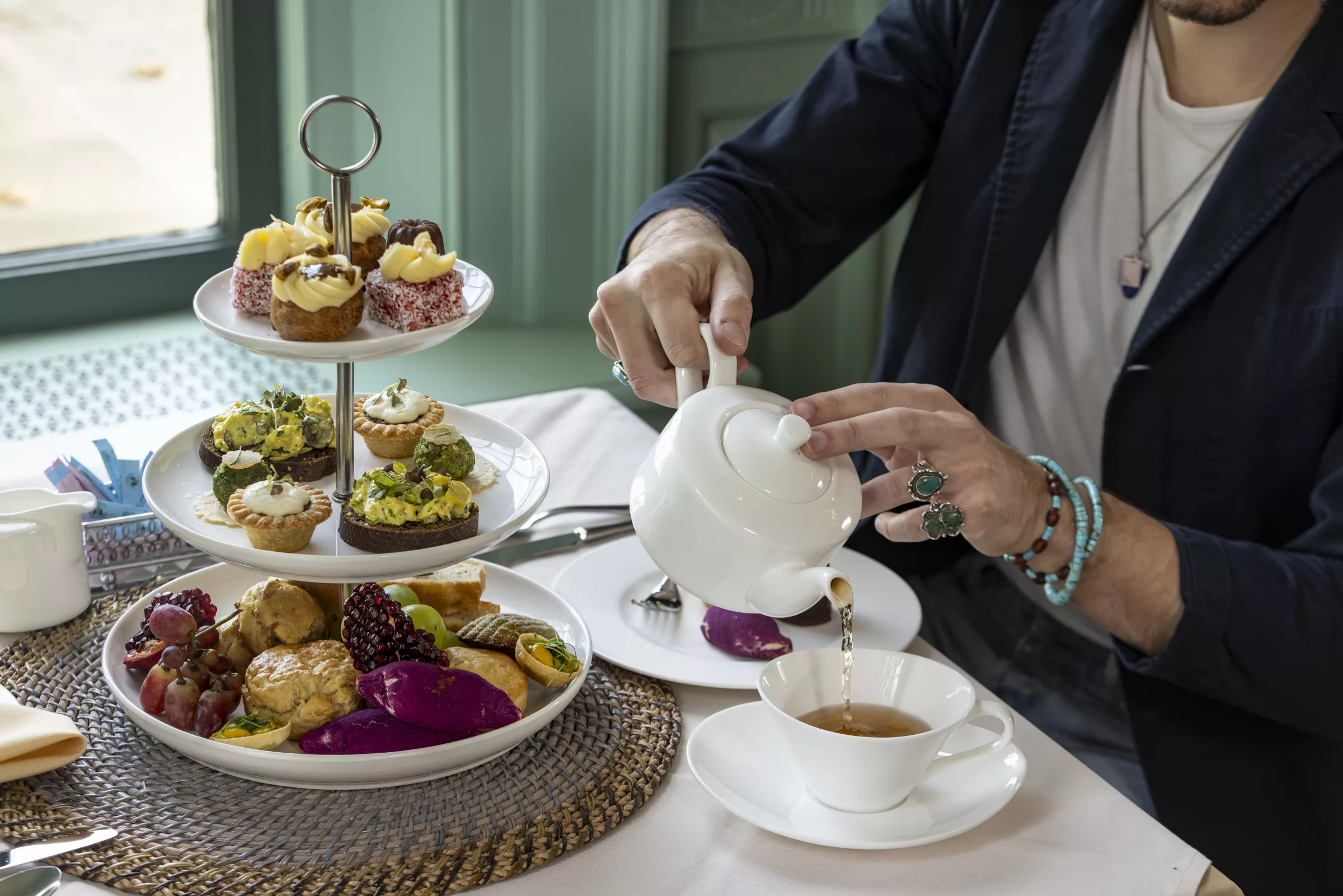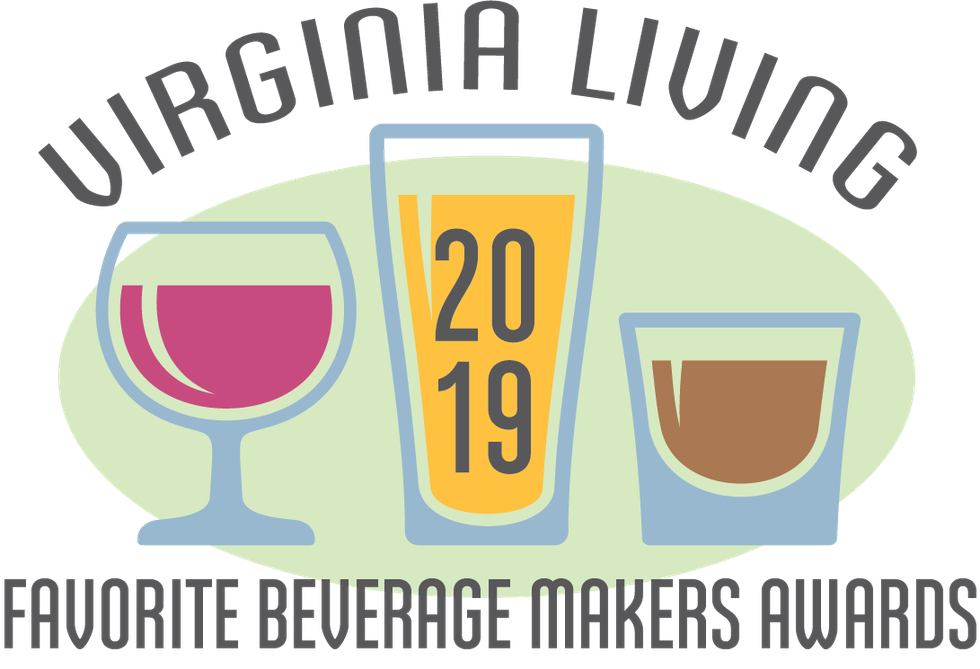Coffee—the universal good morning, driving force behind business superpowers, perhaps the most prolific beverage in all pop culture—is naturally bitter. Aside from the addictive properties of caffeine, what inspires such fascination in coffee is a mystery to those who question the initially unappealing taste. Haden Polseno-Hensley, co-owner of Red Rooster Coffee in Floyd, recalls growing up around coffee-sipping adults and thinking, Why is everybody drinking this? This is ridiculous.
And then, a magic moment. Someone takes a sip of a quality, specialty brew, and realizes, “Wait, this is not just bitter,” Polseno-Hensley describes the spark. “All of a sudden, they’re in love with it.
It’s a phenomenon that any specialty coffee roaster will recognize: “You have this revelation moment,” says Sam Kayser, head roaster and co-owner at Lone Oak Coffee Co. in Winchester.
“I thought I knew what coffee flavor was, but this is something else entirely.”
Specialty coffee roasters take the same seed behind mass-produced coffee and pay it more attention—it’s one of the most elaborate drink-making processes out there, from growing the seeds and shucking the cherries to transporting, roasting, and grinding the beans and finally brewing the final product. Like wine, coffee from disparate regions of the world will taste vastly different. Like beer, the methods of small-batch production can bring out the most unusual flavors of the original crop. But unlike beer (or wine), the coffee drinker plays a role in the end result, often brewing the grounds themselves at home every morning.
The subtle flavors and notes accenting the taste of your morning brew can range from cocoa to jasmine to walnuts. Each roaster has a different approach to highlighting the flavors in their blends. Some, like Lone Oak or Pinup Coffee Co. in Virginia Beach, favor a medium roast, where beans are typically heated to around 400–430°F and removed from the roaster between the “first crack” and the second.
Medium roasts are known for creating a balance, encouraging that characteristic acidity and bitterness of coffee but also bringing forward the attributes of the bean’s origin country.


Stephanie Wein roasts coffee beans at Pinup Coffee Co. in Virginia Beach. Photos courtesy of Pinup Coffee Co.
“We never roast anything so dark that the coffee loses its intrinsic flavor,” says Stephanie Wein, roaster and co-owner of Pinup Coffee. Pinup’s house medium roast blend, Tailwind, uses Brazilian, Ethiopian, and Colombian beans and has “a little bit of brightness to it, a little fruitiness, a little citrus to it, and also makes a fantastic iced coffee,” Wein explains.
Reviresco Coffee Co. in Richmond takes a different approach, specializing in low and slow dark roasts, still looking to retain key characteristics in each bean to complement the final blend. Roaster and co-owner Steven Dalton endeavors to create specific flavor profiles with familiar associations to make the coffee approachable to java newbies. Reviresco’s Manchester blend was inspired by the taste of a chocolate-dipped berry, drawing from Colombian, Blue Moon Bali, and Ethiopian beans. According to Dalton, coffee’s one-of-a-kind appeal is in its diversity and unexpectedness. With all the bean varieties, possibilities become near endless.
“Depending on what region of the world it was grown in and what else grows in that region, if handled properly, coffee can have flavors that are reminiscent of mango, pineapple, cherries, chocolate, pipe tobacco,” he says.
To find those flavors in coffee, says Bryce Wein, the other Pinup Coffee co-owner, all one has to do is “come into it with an open mind that coffee can taste different than just hot brown.”

In coffee roasting, a “crack” is a literal cracking noise from beans releasing steam and bursting open, like popcorn. It provides a guideline for roasters to know at what stage of the process the beans are.
Around the World in Seven Beans
A guide to coffee’s regional flavors.
- Brazilian: Low acid, mellow, nutty, like a trail mix
- Colombian: Sweet, chocolaty, citrusy, mild
- Ethiopian: Brighter, more acidity, fruity, floral, full-bodied, jasmine
- Guatemalan: Bright, tart acidity, toffee and chocolate flavors
- Mexican: Sweet, caramely, well-balanced, cocoa-forward, easy-to-drink
- Rwandan: Fruity, red winey, pit fruit and plum-like, chocolaty
- Sumatra: Earthy, spicy, smoky, cedar, dark chocolate
This article originally appeared in the October 2024 issue.









